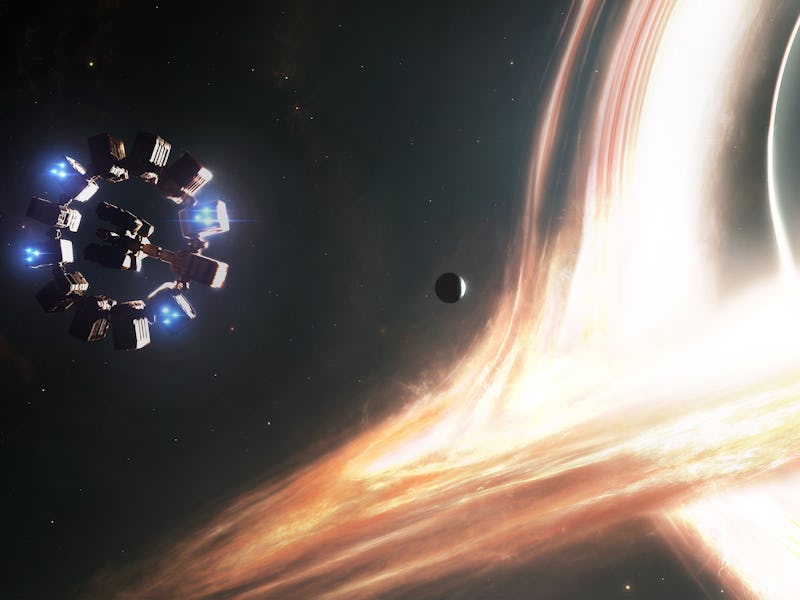NASA: A 60-Year Interstellar Trip Needs a "Self-Healing" Ship
Humans won't make it to other worlds without the help of intelligent machines.

Through the lens of science fiction works like Star Trek, one can easily get the impression the first crews that venture into the cold of interstellar space — defined as “the place where the sun’s constant flow of material and magnetic field stop affecting its surroundings” — will be tight-knight teams of humans who have a robust support system assisting them on Earth. The truth, however, is far from that — humans who travel into space will be more-or-less on their own, and will have to think of solutions to any problems that arise using their own wits and mental prowess.
Well, not quite. There is one support system that will be around to help human beings in their time of need: Artificial intelligence.
When you get further away from Earth, the ability to communicate rapidly with ground control is lost. Even when humans land on Mars, there will be a lag in communications of about 45 minutes.
Now, imagine the reaches or deep space, interstellar space outside our solar system, that dwarf the distance to Mars. The communication lag is — to put it technically — humongous. A crew that jets off to worlds unknown is indefinitely on its own.
“People have been studying an interstellar mission for quite some time,” Steve Chien, the technical group supervisor for the Artificial Intelligence Group at NASA’s Jet Propulsion Laboratory in Pasadena, California, tells Inverse. “It’s just very hard to get to another star, let’s say, four-and-a-half, five light years away,” he says, referencing the nearby star system Alpha Centauri and Proxima Centauri. Scientists believe there’s a good chance there is a potentially habitable world sitting somewhere in this region.
Artist’s impression shows the planet Proxima b orbiting the red dwarf star Proxima Centauri, the closest star to the Solar System.
There is a myriad of technical challenges that go along with interstellar travel, but Chien plays along with our questions and moves past them, assuming humans will someday soon find a solution to those obstacles, at least in terms of an uncrewed spacecraft.
“Let’s suppose the propulsion guy has solved the problem of accelerating and decelerating,” he says. “And let’s suppose we have a reasonable cruise period, like the 60-year cruise. Crazy that we call that a reasonable cruise period,” he adds, “but this mission needs to operate itself for 60 years. That’s unprecedented. The closest thing we have to that is [New Horizons’ eight or nine years to Pluto.”
Steve Chien, NASA JPL
A spacecraft like that, Chien emphasizes, “needs to be self-healing, self-aware, able to manage all these things, manage problems that come up…It’s pretty much on its own.”
And if it’s a mission with humans, we would have to assume the entire crew is tied to that fate as well.
“There are three main resources you’re thinking of,” when it comes to space missions, says Chien. “Time, energy, and data volume.”
That’s precisely why A.I. becomes a critical part of interstellar travel. The entire ship needs to essentially act as a singular intelligent system, keeping track of all the individual components at the same time and capable of adapting to changing circumstances as needed. A human crew, likely to be only six people or less, wouldn’t be able to handle that on their own. And since there’s no hundred-strong team back on Earth to talk to get things right, it’s up to an A.I. system on board to keep track of everything.
There’s no better example of this than the Apollo 13 mission, in which a catastrophic explosion forced the crew to skip the moon landing and head straight back to Earth. The entirety of NASA — hundreds of engineers and mission specialists — were working overtime in Houston and other places to make sure the crew could get back.
To make a crewed interstellar mission possible, NASA needs to basically replicate that kind of mental power onboard a spacecraft. Only a machine would be capable of that.